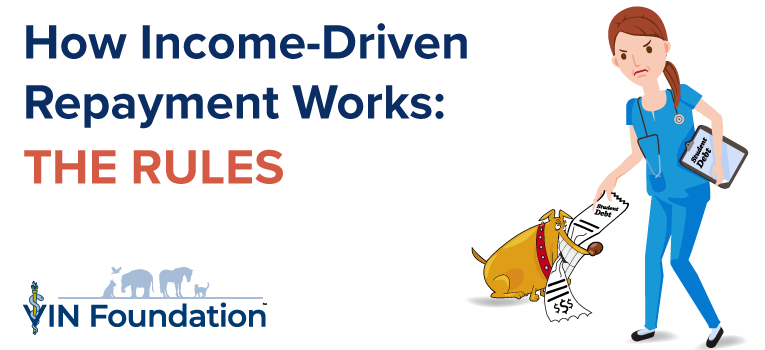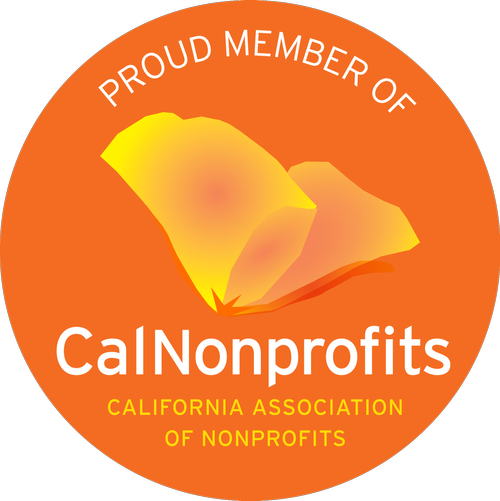“I was looking at the income-driven repayment plans, and the Pay As You Earn (PAYE) option seems like it will cost me the least amount of money. However, everything I read online says that the income-driven repayment plans cost you more money because although they lower your monthly payment, you ultimately pay more interest in the long run. I was wondering if you could break this down for me? I don’t understand how it will cost me the least amount of money if I never hit the principal balance and pay more interest?”
Let’s break down this common question as requested:
DISCRETIONARY INCOME = TAXABLE INCOME – 150% FEDERAL POVERTY GUIDELINES FOR YOUR FAMILY SIZE
As long as your payment, under PAYE, calculated from your discretionary income, is less than your payment due under a standard 10-year plan (also known as partial financial hardship), you are eligible for the reduced PAYE monthly payment.
WHEN YOUR PAYMENT IS LESS THAN YOUR MONTHLY INTEREST, YOUR STUDENT LOAN BALANCE WILL GROW.

Dr. Tony Bartels graduated in 2012 from the Colorado State University combined MBA/DVM program and is an employee of the Veterinary Information Network (VIN) and a VIN Foundation Board member. He and his wife have more than $400,000 in veterinary-school debt that they manage using federal income-driven repayment plans. By necessity (and now obsession), his professional activities include researching and speaking on veterinary-student debt, providing guidance to colleagues on loan-repayment strategies and contributing to VIN Foundation initiatives.

